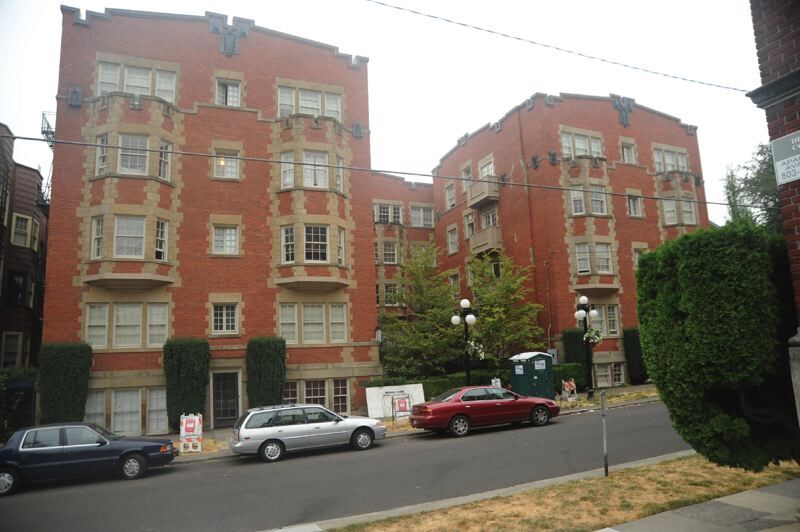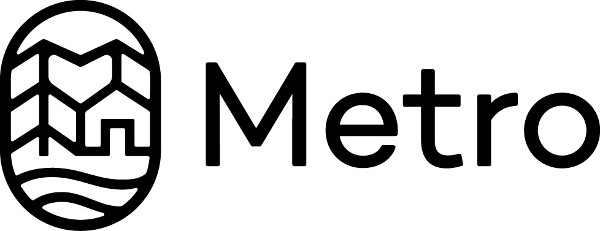Portland Policy updates: seismic mandates, DOZA move forward
Published 12:00 am Monday, July 3, 2017

- Trinity Place Apartments underwent a seismic rehabilitation last year, costing $1.3 million.
The Business Tribune keeps track of developmental policy in the City of Portland on topics that contractors, owners and architects might want to know about — before the new policies are implemented.
Trending
Two change-making policies in the city’s pipeline right now include a seismic safety mandate, intended to increase buildings’ safety in case of a quake (specifically unreinforced masonry buildings), and the Design Overlay Zone Assesment project, intended to streamline the development permitting and design review processes.
While the bureaucratic implementation is piecemeal, here are two updates on what’s currently happening with seismic mandates and the design process in Portland this summer.
Seismic mandates to be implemented
July 1 for new builds
The City of Portland’s Bureau of Emergency Management has been working on authorizing a program requiring updates for unreinforce masonry buildings in case of an earthquake, and Multnomah County plans to aid in the cost of the seismic rehabilitation.
In conjunction with the updated seismic standards that could require serious rehabilitation, certain elements of new construction are now required to be checked out and certified.
Effective July 1, the Bureau of Development Services (BDS) started implementing the provisions of the 2014 Oregon Structural Specialty Code that require special inspections of designated seismic systems and seismic certification of certain nonstructural components for structures designated in Risk Categories III or IV.
Special inspection is now required for all designated seismic systems.
Mechanical, electrical and plumbing components of the designated seismic systems will need seismic certification if they are considered risky structures.
The requirements apply to new construction, and to the installation of new equipment that’s a part of a designated seismic system.
Risk Category III includes those that represent substantial hazard to human life in the event of a failure, and category IV includes structures designated as essential facilities.
When submitting for a new building permit, the professional on record now has to specify on the construction documents which pieces of equipment or components of the designated seismic system require special certification.
The review and approval of mechanical, electric or plumbing components of the designated seismic system can be deferred.
Seismic certification can either be pre-qualified or a project-specific approval.
Special seismic certification is required for active mechanical and electrical equipment that must remain in operation following an earthquake. It’s also required for components with hazardous substances that are important, which must be certified by the manufacturer.
The two ways to be certified are through analysis or through testing.
The analysis must be prepared by an Oregon licensed structural engineers, and can be used to qualify a mechanical, electrical or plumbing component.
Seismic certification by testing is based on nationally recognized standard procedures that are acceptable to the BDS. Testing at the manufacturer’s facility will be accepted if it is performed under the responsible charge of a licensed structural, civil or mechanical engineer not permanently employed by the manufacturer.
Learn more at www.portlandoregon.gov/bds/article/643561
DOZA project launches in August
The Design Overlay Zone Assessment, a partnership project by the Bureau of Planning and Sustainability and the Bureau of Development Services, is moving ahead with implementing the recommendations from independent consultant Walker Macy and findings from peer city research, stakeholder interviews, online questionnaires and evaluations of recently built projects.
This July, the BPS commission and the Portland Design Commission are discussing the scope for the next phase, as well as the purpose of design overlay zones. If a new development is under a design overlay zone, that means it needs to go before the design commission for architectural advice before being approved for permit.
Some developers say it slows down their construction process and is costly, while some architects say the advice results in better buildings.
Following feedback from both commissions, the next phase for DOZA will launch this August, and could result in bureaucratic changes to the development policy and how to move through the permitting process.
Learn more at www.portlandoregon.gov/bps/70324
By Jules RogersReporter971-204-7875email: jrogers@pamplinmedia.comFollow us on TwitterVisit us on Facebook





